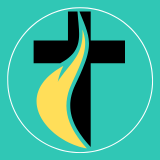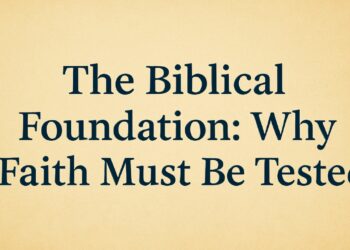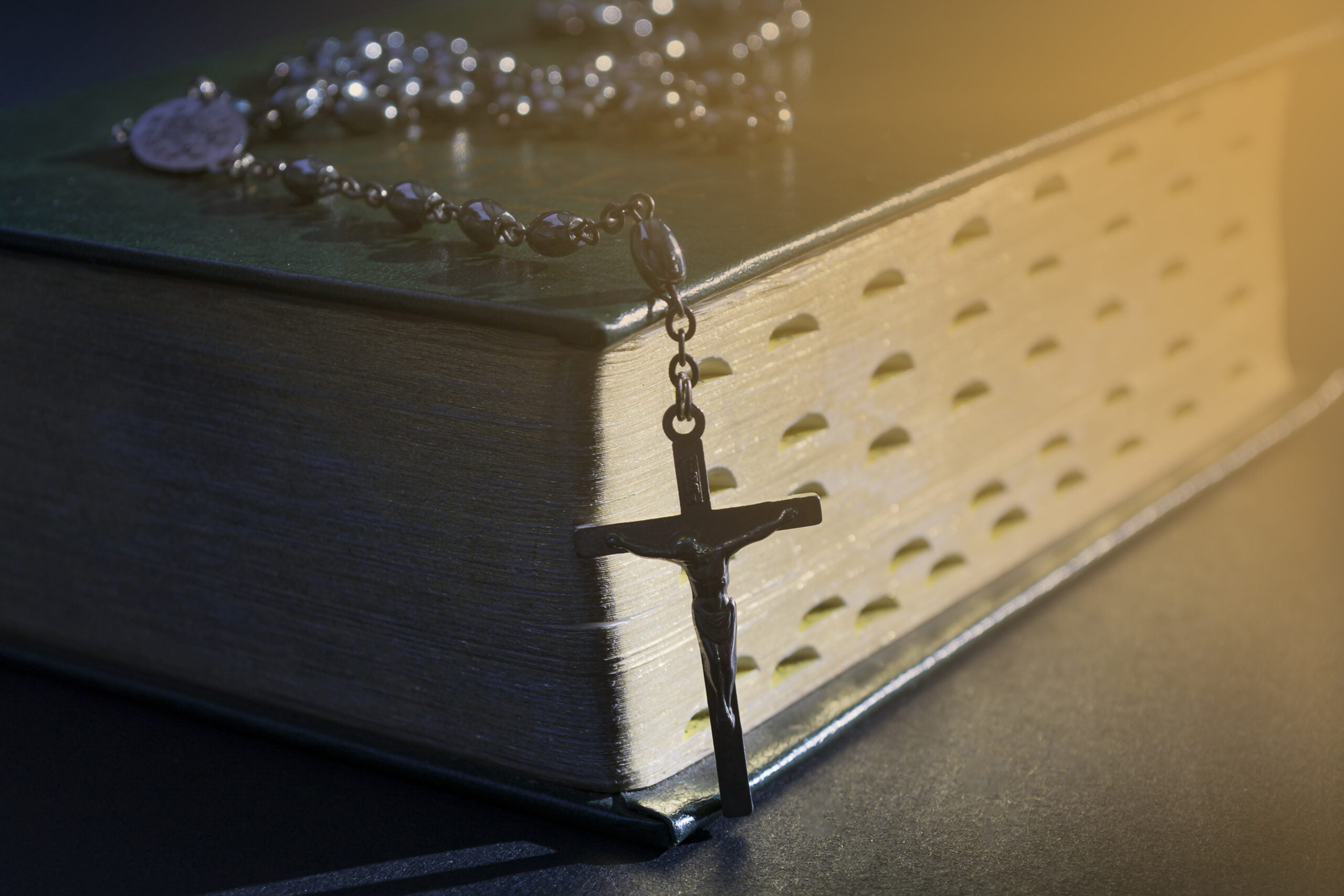No products in the cart.
What Are The 4 Movements Of Lectio Divina: Divine Reading
This post contains paid and/or affiliate links. I make a small commission at no extra cost to you. Please see our Privacy Policy.
Exploring Lectio Divina, or Divine Reading. This ancient practice lets us dive into meditative listening to Scripture. It opens our hearts and minds to God’s transformative word.
Lectio Divina can be done alone or with others. It asks us to let go of analysis and preconceived ideas. This way, the text can deeply, personally, and meaningfully speak to us.
Through multiple readings and silent reflection, we start a spiritual journey. We connect with Scripture in a way that nourishes our souls. The Lectio Divina offers a space for meditative listening. Here, we can meet God’s presence and feel His love’s depth.
The four movements of Lectio Divina show how it can deepen our understanding of Scripture. It can also deepen our relationship with God and lead to personal transformation.
Whether you’re new or experienced, Lectio Divina invites a deep divine encounter. This can enrich every part of our lives.

The Four Movements of Lectio Divina
Lectio Divina is a spiritual practice with four movements. These movements help us engage deeply with Scripture and grow closer to God. The movements are Lectio (Read), Meditatio (Meditate), Oratio (Pray), and Contemplatio (Contemplate). They guide us in a cycle of reflection and response to God’s word.
Lectio (Read)
The first step, Lectio, is to read a chosen Scripture passage slowly and carefully. As we read or hear the words, we let them resonate within us. This opens our hearts to receive God’s message.
Meditatio (Meditate)
In the second step, Meditatio, we reflect on the passage’s meaning and significance. We look for personal insights and connections. This process deepens our understanding and helps us apply the teachings to our lives.
Oratio (Pray)
Oratio, the third step, is about responding to the passage through prayer. Here, we express our thoughts, feelings, and intentions to God. We engage in dialogue, seeking guidance, comfort, and transformation.
Contemplation (Contemplate)
The final step, contemplation, is about silent rest and receptivity. We let go of thoughts and surrender to God’s presence. In this deep contemplation, we experience a profound communion with the divine.
These four movements of Lectio Divina lead us on a journey of spiritual growth and closeness to God. Through attentive reading, reflective meditation, heartfelt prayer, and contemplative rest, we dive into Scripture.
This deepens our understanding and enriches our relationship with the living Word.
Practicing Lectio Divina Alone
When practicing Lectio Divina alone, start by picking a short Scripture passage that speaks to you. It could be a verse, a paragraph, or even a chapter. Choose something that resonates with your spiritual journey.
Before starting, take a moment to center yourself. Invite the Holy Spirit to guide your meditation. Close your eyes, breathe deeply, and let distractions fade away. Open your heart and mind to receive God’s wisdom through His word.
Start by reading the passage out loud, slowly and attentively. Let the words touch your heart and mind. After the first reading, take a minute to reflect silently. Notice what catches your attention or any emotions that arise.
The second reading is followed by another minute of reflection. Listen for a word or phrase that stands out. It might be a message of encouragement, a challenge, or a reminder of God’s love.
The third and fourth readings involve longer periods of silent reflection. Let the passage’s words sink in and relate to your life. Consider how they apply to your current experiences, challenges, or joys. Allow the Scripture to profoundly touch you and invite transformation.
After the final reading, pray and express gratitude for what you’ve received. Thank God for the insights, wisdom, and comfort gained. Share any thoughts, emotions, or intentions that came up during your reflection.
Practicing Lectio Divina alone creates a sacred space for deep reflection and connection with the divine. It helps you engage with Scripture in a meaningful way, nurturing your spiritual growth and deepening your relationship with God. Embrace this practice as a powerful tool for encountering God’s presence and finding guidance on your spiritual journey.
Practicing Lectio Divina in a Group
Practicing Lectio Divina in a group starts with a brief prayer. One person reads the selected Scripture passage slowly and attentively.
After each reading, we have a moment of silent reflection to engage personally with the text.
During this time, we write down our answers to reflection questions. This helps us explore the passage’s depths further.
In our shared reflection, we focus on the word or phrase that caught our attention. We share it without comment, honoring each person’s experience and insights.
In the second reflection, we consider how the passage resonates with our life experiences. Each participant shares their insights and connections, fostering community and understanding.
In the third reflection, we dive deeper into the passage. We think about what God is inviting us to be or how He is inviting us to change.
Through these shared responses, we gain new perspectives and find support and encouragement in our spiritual journeys.
To conclude, we enter a time of prayer. Each person prays for the person on their right, drawing from the reflections shared. This prayerful act uplifts one another and strengthens our bond as we seek to grow in faith.
Practicing Lectio Divina in a group offers a space for communal reflection and shared spiritual growth. By engaging with Scripture together, we deepen our understanding and connection with God.
The diversity of interpretations and reflections enriches our experience and broadens our perspectives. Together, we embark on a journey of faith, supporting one another in our paths and fostering unity in our shared devotion.
Historical Background of Lectio Divina
Lectio Divina is a deep spiritual practice with a rich historical background in Christianity. It started with Origen, a key theologian in the 3rd century. Origen saw Christ as the key to understanding the Bible, laying the groundwork for Lectio Divina.
Many important figures have shaped Lectio Divina over time. St. Ambrose, St. Augustine, and St. Hilary of Poitiers made reading Scripture a spiritual act. St. Benedict, the founder of Western monasticism, saw its power and made it part of monastic life.
From the 6th to the 12th centuries, St. Gregory I and St. Bernard of Clairvaux helped grow Lectio Divina. Their work made it a special way to connect with God through His word.
The Four Movements of Lectio Divina According to Guigo II
Guigo II, a Carhusian monk, developed the four movements of Lectio Divina. In “The Ladder of Monks,” Guigo II described the stages: read, meditate, pray, and contemplate.
1. Read
The first step is to dive into Scripture. It’s about reading carefully, letting the words touch our hearts. We try to understand the text’s message for our lives.
2. Meditate
The second step is to reflect on the passage’s meaning. We think about how it relates to us, seeking personal insights.
3. Pray
The third step is to talk to God about the passage. We share our thoughts and feelings with Him, opening our hearts.
4. Contemplate
The final step is to rest in God’s presence. It’s a time of silence, letting God work in us. We let go of thoughts and just be with Him.
These steps form a cycle that helps us grow spiritually. By following Guigo II’s framework, we can deeply connect with Scripture and God.
Unlocking the Power of Divine Reading
Lectio Divina, or Divine Reading, is a powerful spiritual practice. It helps us deeply connect with Scripture and God. Through its four steps – read, meditate, pray, and contemplate – we reflect and respond to God’s word, enriching our spirit and connecting with the divine.
Lectio Divina can be done alone or with others. It’s a chance to deeply engage with Divine Reading. As we read Scripture, we start to understand its meaning and let it become part of us.
In meditation, we reflect on the passage’s importance and seek personal insights. We then pray, sharing our thoughts and feelings with God.
In contemplation, we rest in God’s presence, letting Him work in us and deepen our understanding.
Lectio Divina offers a quiet space for deep contemplation and spiritual growth. It helps us connect more deeply with the living Word in our busy world.
Through Divine Reading, we gain a deeper understanding of Scripture. It leads to personal transformation and strengthens our bond with God.
Let’s explore Lectio Divina and start a journey of spiritual enrichment and divine connection.
FAQ
What is Lectio Divina?
Lectio Divina, also known as Divine Reading, is an ancient practice involving meditative listening to reading a short passage or isolated verses of Scripture. It is a way of engaging deeply with God’s word and opening oneself to its transformative power.
How does Lectio Divina work?
Lectio Divina consists of four distinct movements: Lectio (Read), Meditatio (Meditate), Oratio (Pray), and Contemplatio (Contemplate). Each movement guides individuals through reflection, response, and rest, allowing for a deeper connection with Scripture and God.
Can I practice Lectio Divina alone?
Yes, you can practice Lectio Divina alone. To do so, you select a short Scripture passage, read it slowly, and then engage in periods of silent reflection and prayer. Practicing Lectio Divina alone offers an opportunity for deep personal reflection and a profound connection with the divine.
How can I practice Lectio Divina in a group setting?
When practicing Lectio Divina in a group, participants gather and take turns reading a selected Scripture passage. After each reading, there is a period of silent reflection, followed by sharing insights and reflections with the group. The group then engages in prayer, offering support and spiritual growth in the shared faith journey.
What is the historical background of Lectio Divina?
Lectio Divina has deep historical roots in the Christian tradition. It can be traced back to the teachings of Origen in the 3rd century, and it was further developed by St. Ambrose, St. Augustine, and St. Hilary of Poitiers. St. Benedict, St. Gregory I, and St. Bernard of Clairvaux also played significant roles in promoting and deepening the practice of Lectio Divina.
What are the four movements of Lectio Divina according to Guigo II?
Guigo II, a Carthusian monk, further developed the four movements of Lectio Divina as a cyclic process of spiritual growth. The movements are Lectio (Read), Meditatio (Meditate), Oratio (Pray), and Contemplatio (Contemplate). These four stages guide individuals through a transformative journey of reflection and response to God’s word.
How can Lectio Divina unlock the power of Divine Reading?
Lectio Divina offers a unique opportunity for individuals to engage deeply with Scripture and experience a profound connection with God. By practicing the four movements of Lectio, Meditatio, Oratio, and Contemplatio, one can unlock the transformative power of Divine Reading.
This practice nurtures spiritual growth, deepens understanding of Scripture, and strengthens the relationship with the divine.














